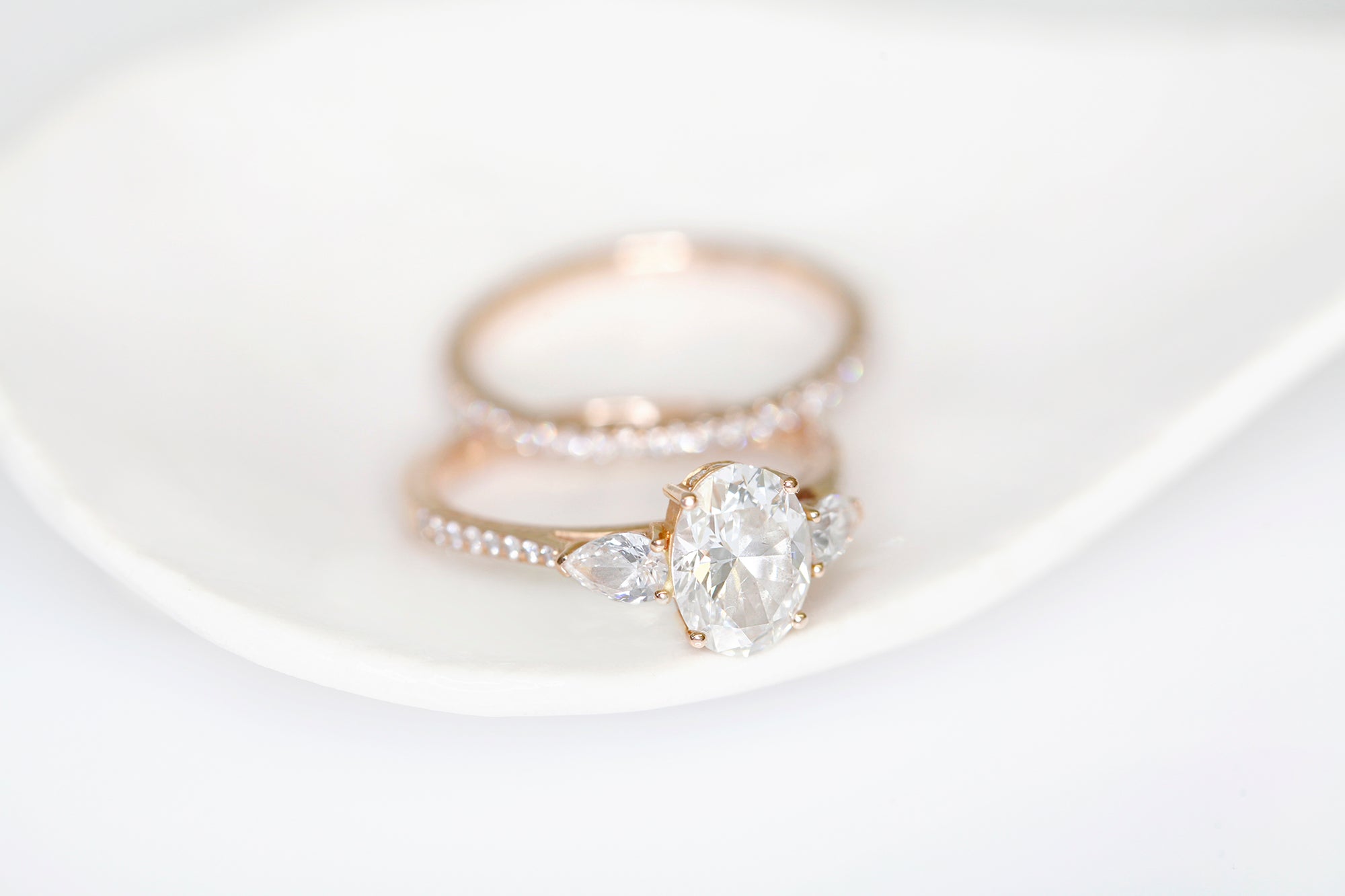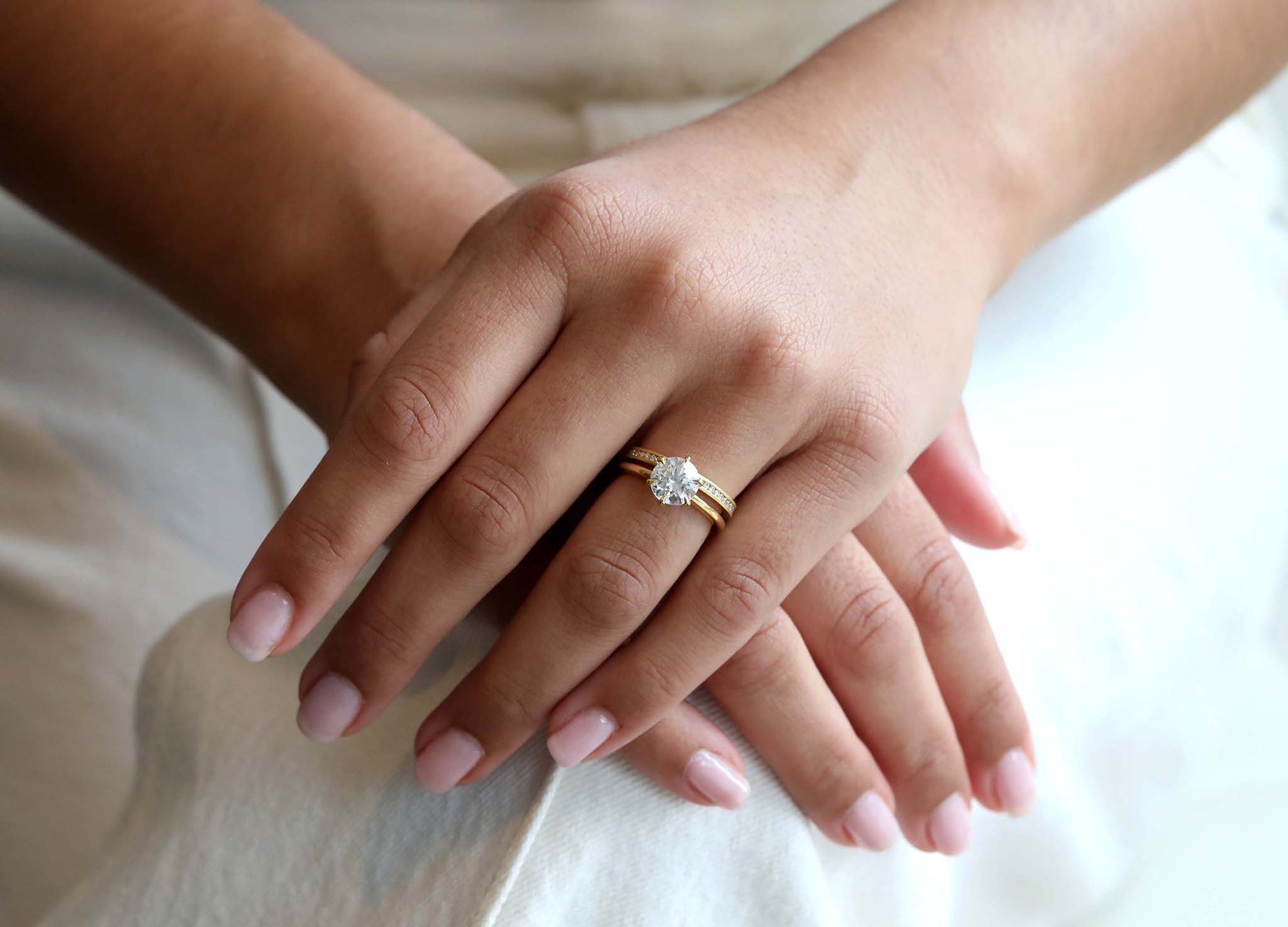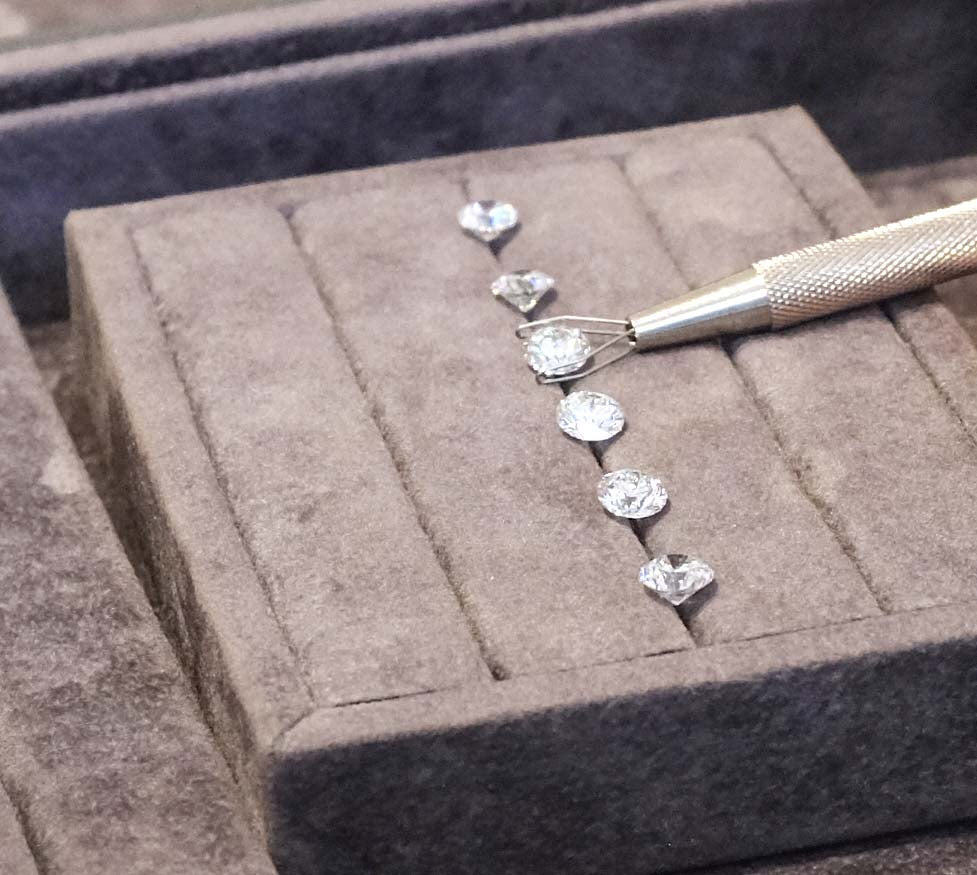OVERWHELMED WITH ALL THE DETAILS?
BUYING YOUR RING
Here's where to start
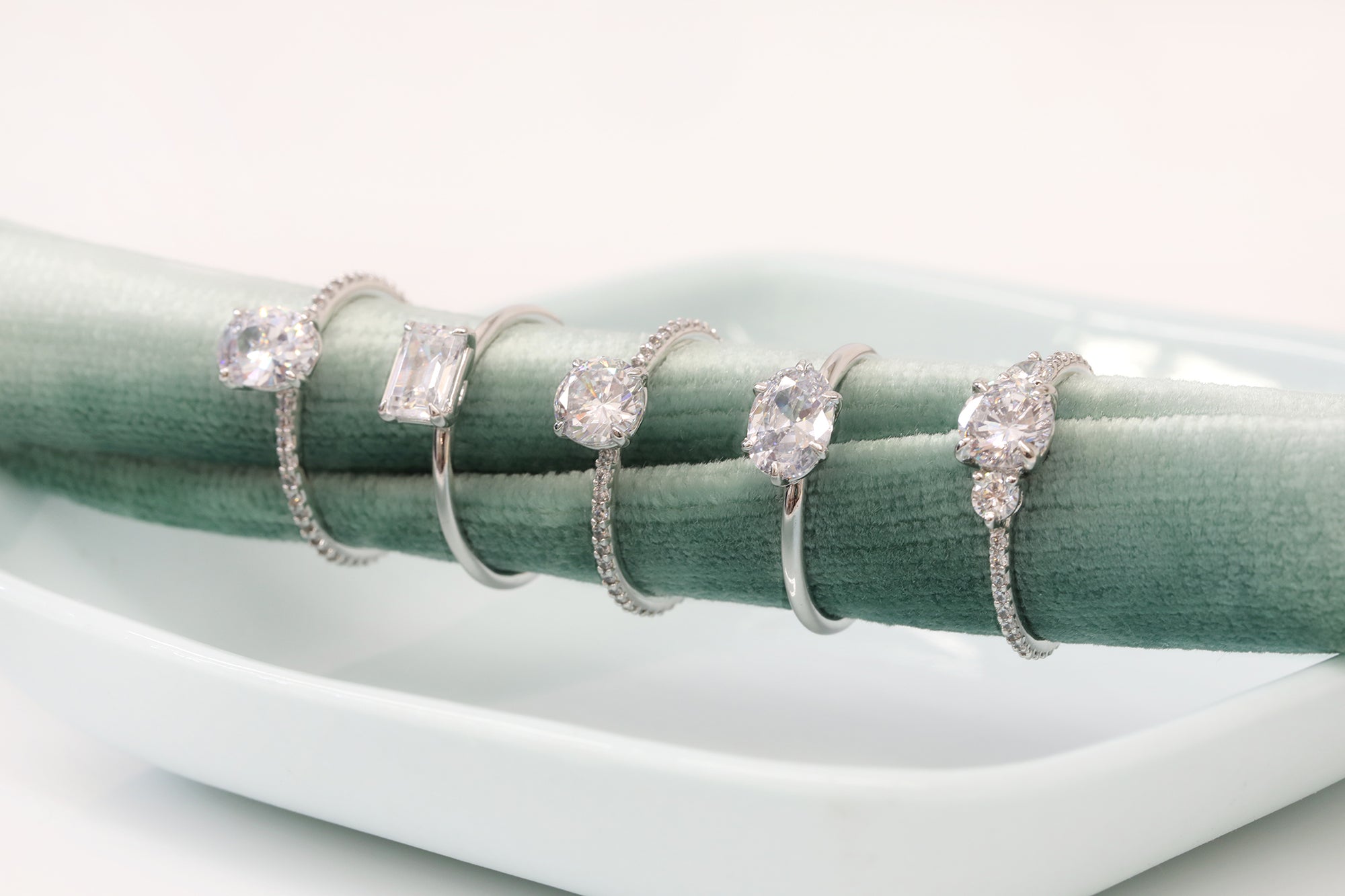
CARAT
The weight of diamonds are measured in carats (ct), using very sensitive scales that determine the weight to the thousandth of a carat. The cost of a diamond tends to increase with its carat weight, because larger/heavier diamonds are more rare.
All other things being equal, diamonds of equal weight would cost the same. However, each diamond is unique so the other C's also factor into the cost.
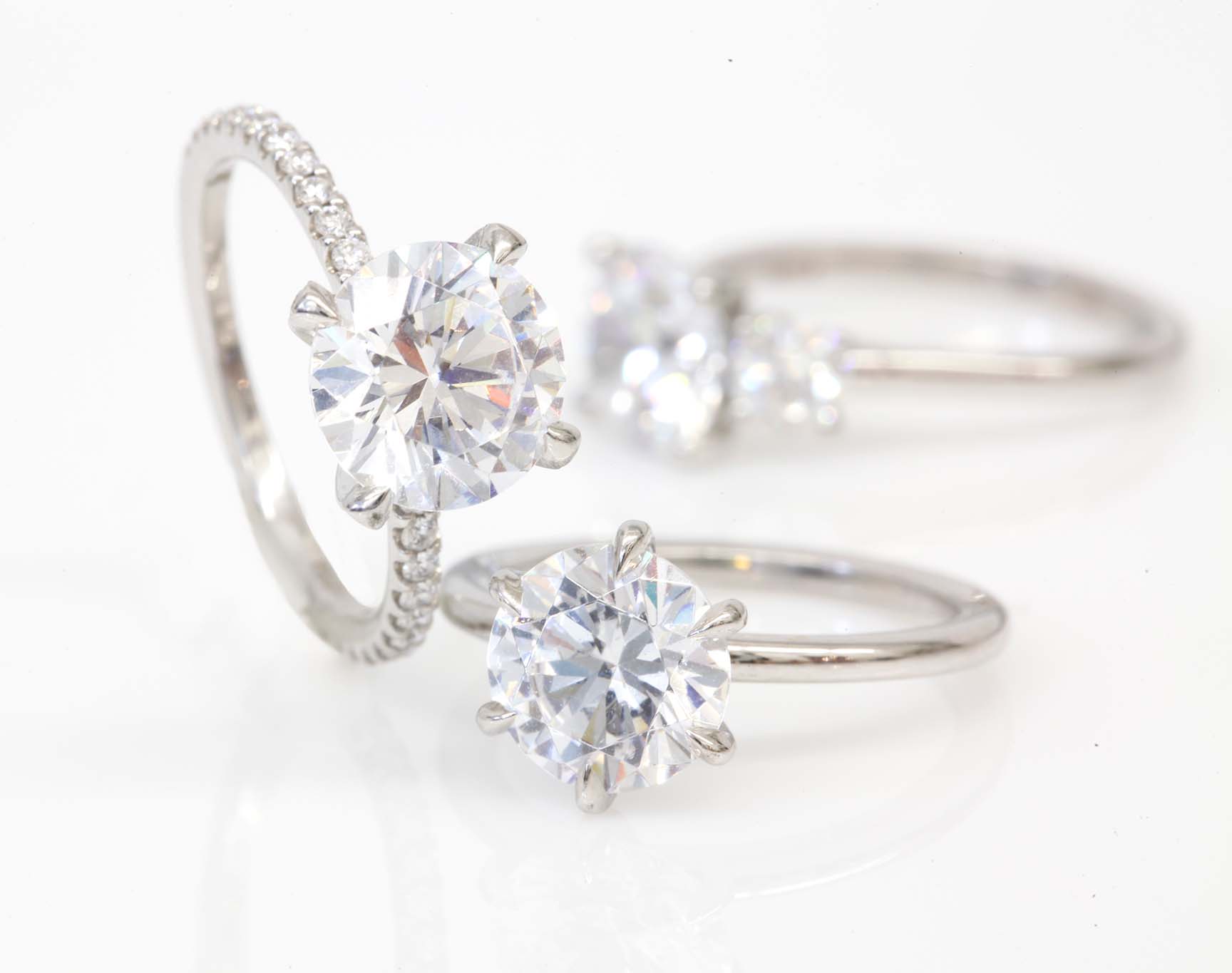
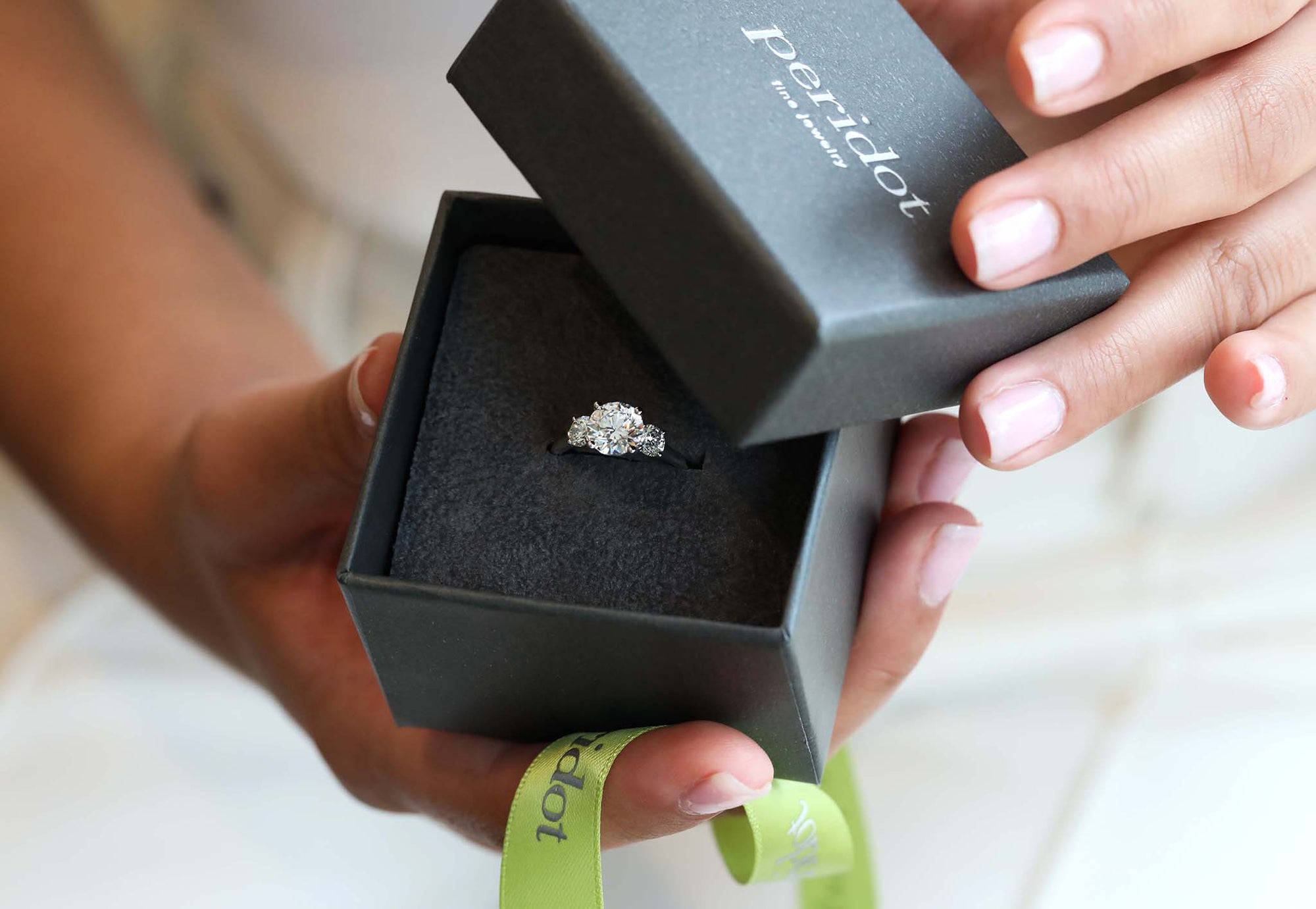
COLOR
The color grade of a diamond is actually about the lack of color: the closer to “colorless” a diamond is, the more rare and valuable it is. The color scale goes from D to Z, with D being the most pure white/colorless diamond, and each letter grade getting the slightest bit more yellow as you advance along the alphabet to Z.
Diamonds graded D, E, and F are all considered “colorless” and look nearly identical to the untrained eye. “Near-colorless” diamonds in the G-J range still make great center stones for your platinum engagement ring. K is where the yellow tinge becomes more apparent to the naked eye, but can still be used in a yellow/rose gold setting to offset the warmer tones of the diamond.

CLARITY
The Clarity of a diamond notes the existence of natural imperfections, or "inclusions", within the stone
Flaws are not necessarily bad because most are not visible to the naked eye. The quality is graded on a scale of “Flawless” to “Included,” taking into account the number, position, and size of inclusions; some can be seen with the naked eye, whereas some can only be seen under a microscope.
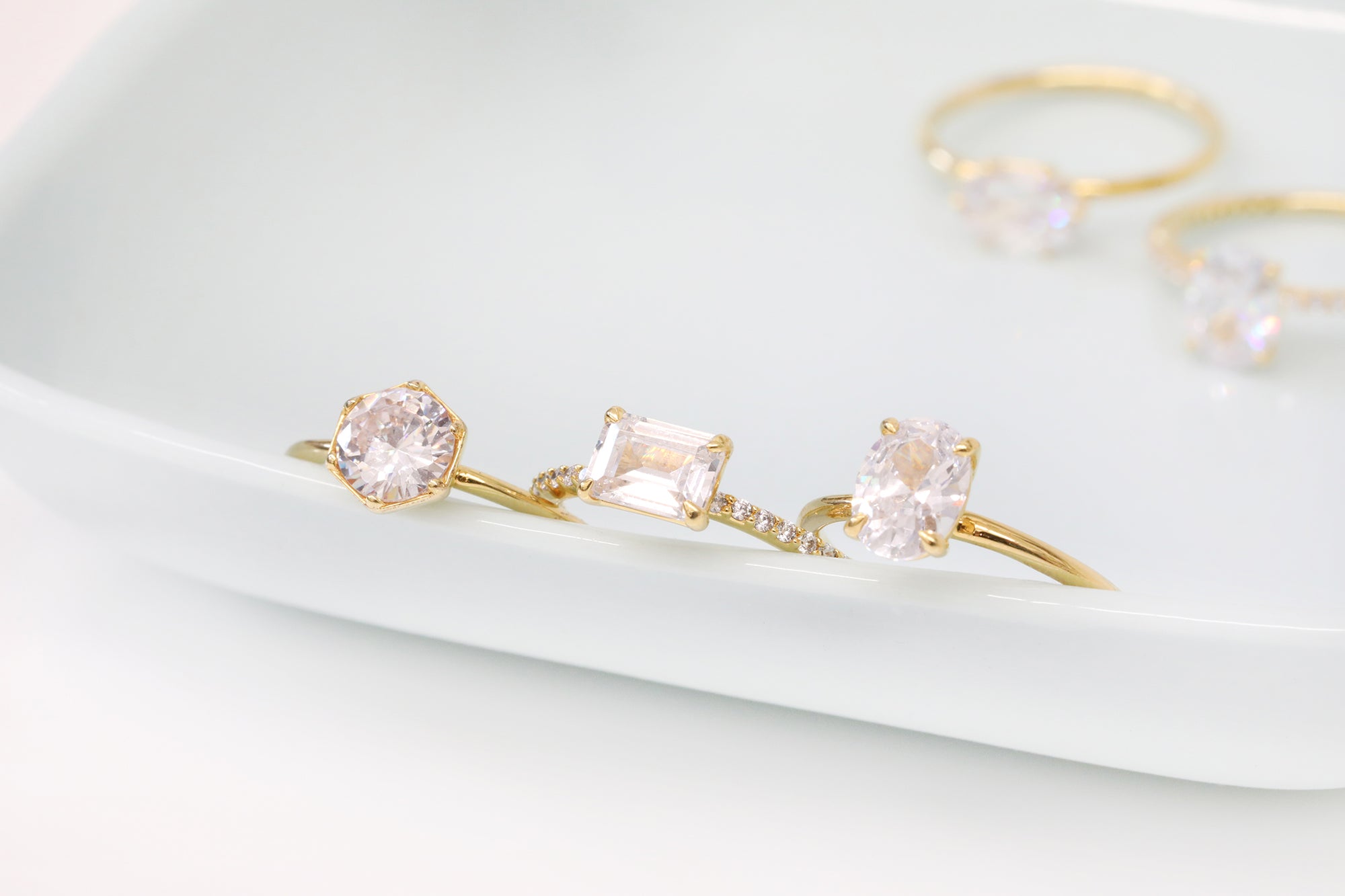

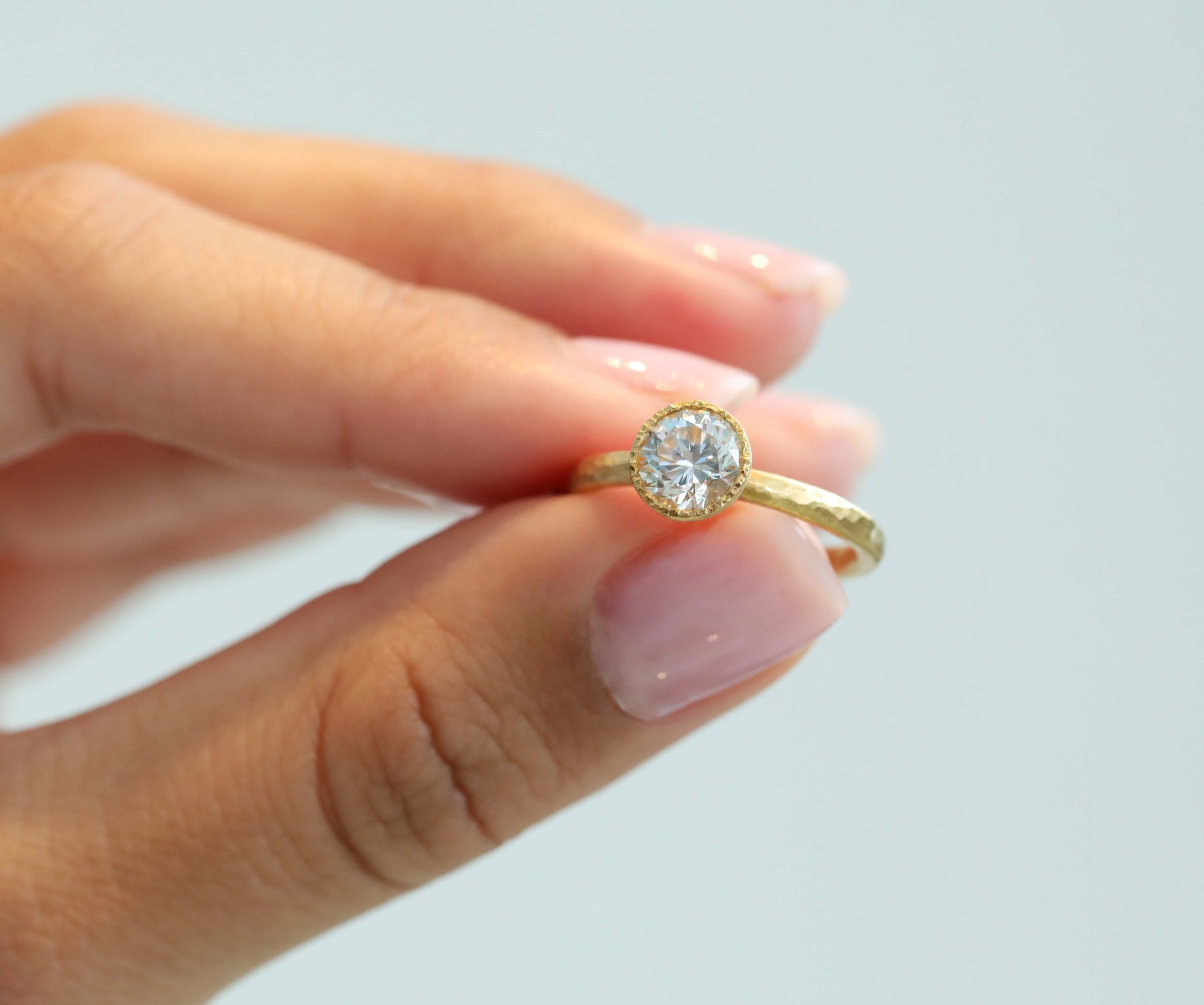
CUT
You might think that “cut” refers to the diamond’s shape or style, such as rose cut vs. brilliant cut, or emerald cut vs. radiant cut, etc. However, when it comes to the 4Cs, Cut refers specifically to the quality of the gem cutting of a round brilliant diamond: the proportion and symmetry of the gem and how well the angles of the facets reflect light within the stone to maximize the diamond’s brilliance.

STILL NOT SURE WHERE TO BEGIN?
Reach out to us and we're happy to share our expertise and helpful tips and tricks to find you the perfect engagement ring.

